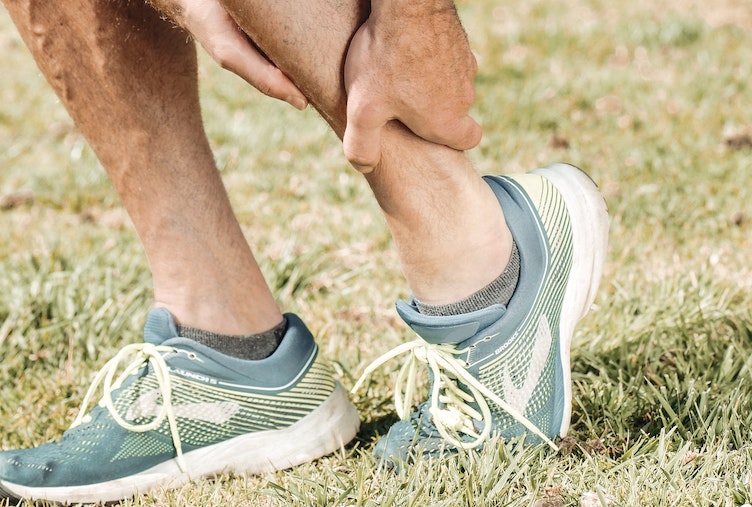Over the past year, I have seen a growing number of knee, shoulder, foot, and ankle injuries for guys in their 30s, 40s, and 50s. The sheer number had me questioning: Do Achilles tendons just wear out? Is a torn meniscus normal? Are my patients just getting old and de-conditioned? What is going on?
The answer is never as simple as it may seem. Sure, guys are maybe increasing their activity level if they were forced to spend more time at home last year. It is natural to think that if their bodies weren’t ready for change, an injury might occur.
I can definitely relate to this! After my wife and I were blessed with our twin girls last summer, our individual “recreational time” decreased quite a bit so instead of going on 4-hour bike rides, I rekindled my relationship with running. There is nothing better than the feeling you get after a good run, unless it’s been a while since you’ve ran!
I always need a goal or event to challenge myself with. Back in high school I easily ran a mile in under 5 minutes and thought it would still be no problem, even though I’ll be 40 this summer! I jumped back in very quickly and developed something of a foot and ankle injury. I had to take some time off to recover and was able to come close last fall at a local track, running a 5:02 mile but I’ll be a lot more prepared this year.
However, a quick change in activity level isn’t always the root cause. I’m also seeing a phenomenon in guys that play basketball or run every week, who haven’t changed anything about their routine, tear something as well.
So why are these injuries happening and what can you do to prevent them?
- Get Adjusted Regularly. Your body needs balance and it needs a brain that is properly communicating with the rest of you through the spine and nervous system. Coming in regularly allows us to get to know your body and see the warning signs before an injury takes place and help you make the necessary changes to prevent it.
- Take Your Supplements. Our food is just not the same as it used to be! Our soil is depleted of nutrients crucial for proper connective tissue function. Add in that we might fall into the temptations of the Standard American Diet from time to time and now we need to really work at nourishing our body. Most of us would benefit from supplementing with a multivitamin, fish oil, vitamin D, and some probiotics. For connective tissue, you specifically want to include:
- Protein-rich foods
- Fiber-rich foods
- Fruits and vegetables rich in vitamin C
- Omega-3 fatty acids
- Zinc-rich foods
- Vitamin D and calcium-rich foods
- Maintain a Healthy Weight. As guys age, it is very common to carry extra weight around, while still playing the same sports and activities. Any additional pound you put on adds more stress on your ligaments and is magnified during activity.
- Maintain Mobility. We’re too tight! If you’re like me, you barely have enough time to schedule a workout, and definitely don’t have time to stretch or additionally work on strength and mobility. Maintaining mobility is needed to give yourself the “slack” during activity so nothing is torn and as we age muscle mass and strength disappear if it is not actively combated.
- Take a Break When You Need It. We don’t have the good hormones anymore. When you are in your teens and 20s, growth hormone and testosterone keep us feeling pretty good all the time. A fall back then wouldn’t be given a second thought, but if I dive for a baseball now, I’m sore for a week! Staying active and reducing stress is the best way to keep the hormones flowing but as they decrease, we don’t recover from previous games/workouts as quickly and can build on each other leading to an injury. The old saying of “no pain no gain” is a little off target. Sometimes pain is our body telling us to take a break or slow down.
Life on this earth will never be perfect, and I doubt there will be more free time coming up, but staying active with your favorite sport/hobby is critical to your wellness. Taking a little extra time to focus on the steps above can help prevent an injury so you’re not down-and-out for longer down the road. I worked on my foot and ankle strength and mobility all winter and am now running injury free!
Learn more about chiropractic for sports injuries and how we can help you get back in the game.





